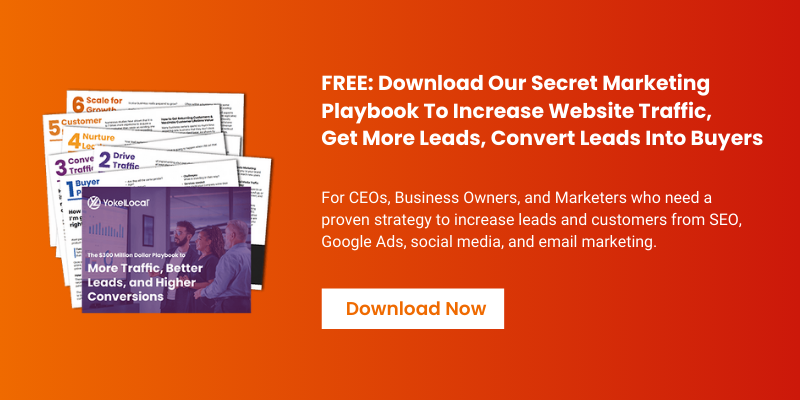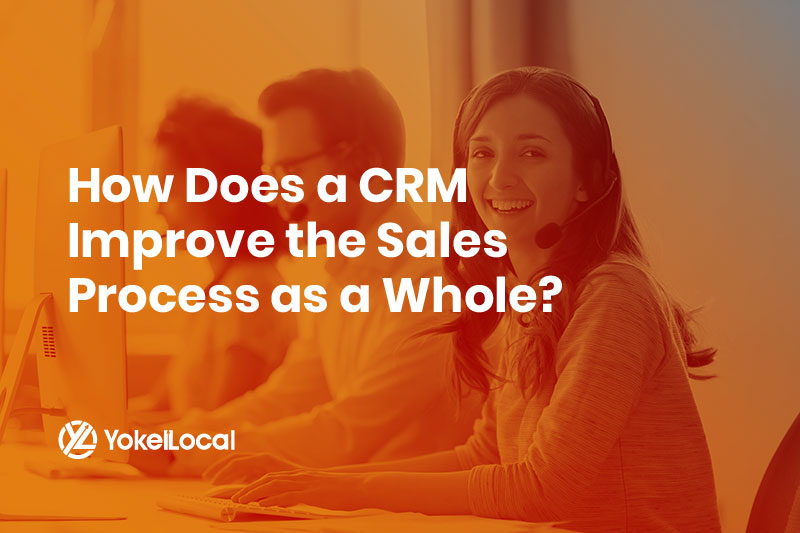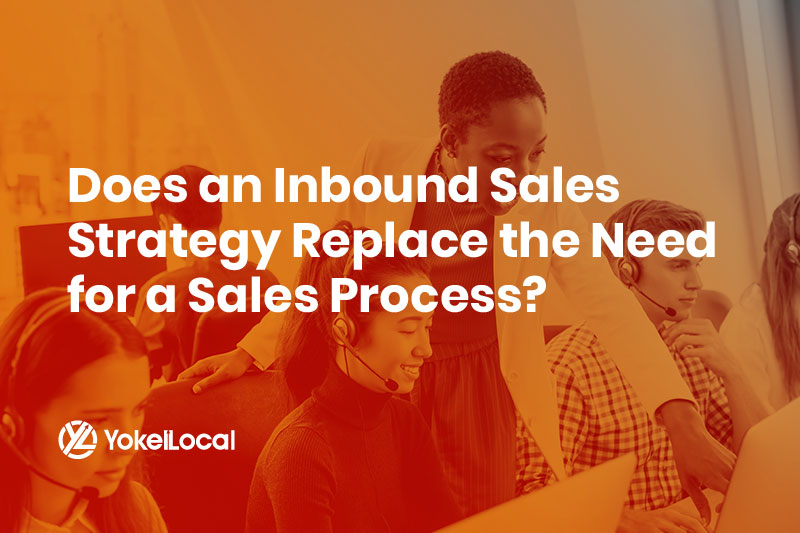As a sales manager, you have expectations for your team to generate revenue for your company through generating leads and converting them into paying customers. You know that your potential customers are at different levels of the sales funnel. Did you know that generating sales and marketing materials tailored to different levels of your sales funnel is part of inbound sales?
You may have heard the term inbound sales, but may not fully know what it is or how it can complement your traditional sales strategies to make your overall sales efforts more effective.
What Is Inbound Sales?
If you’ve been in sales for awhile, you may have noticed that traditional sales techniques are not as effective as they once were. Gone are the days where you can get high conversion rates through cold calling and excessive email marketing. This is because not all your leads are on the same level of the sales funnel. You can no longer use the same marketing medium and sales copy for a lead that is curious about your company and a lead that is ready to make a purchase from your business.
This is where inbound marketing comes in.
Inbound sales utilize a sales funnel to visually represent the buyer’s journey leads will take to become customers. With inbound sales, priority is placed on the needs, challenges, goals, and interests of individual leads. The experience and quality of relationships with leads are more important than trying to close as many deals as fast as possible. Inbound sales people take the time to create helpful, personalized sales material and messaging for each lead.
The Inbound Sales Framework
Inbound sales include a three-part framework of the buyer’s journey that includes: the awareness stage, the consideration stage, and the decision stage. During the first stage, the lead is trying to decide what their marketing challenge is. During the consideration stage, the lead is figuring out what company will have the best solution for their challenge. In the decision stage, the lead will make a decision to work with a company to solve their marketing problems.
An increasing number of inbound marketers have subscribed to the inbound sales methodology that includes four instead of three part-frameworks. This methodology includes the following steps:
- Identify
- Connect
- Explore
- Advise
Those that do inbound sales will identify potential leads that have problems and challenges the company can solve. Once they identify leads, inbound salespeople will help the leads prioritize their challenges.
If the leads are made aware of the various solutions to their problems and challenges, inbound salespeople will explore these challenges and see if their products or services will be a good fit for the lead. Finally, leads will be advised on why and how the company can address and resolve the lead’s challenges. After the advise phase, leads are turned into customers.
Buyer’s Personas
Defining the buyer’s journey and a corresponding sales strategy to go along with each step of the buyer’s journey are two of the first things needed to start an effective inbound sales strategy. Your buyer’s journey will take the shape of a funnel, but it will employ a unique set of tactics to move prospects into each successive stage to help them convert into sales. It is best to create buyer personas, or fictional representations of all the characteristics, wants, and needs of your ideal audiences for each audience you want to target.
With inbound sales, the relationship with customers doesn’t end when customers make purchases. Instead, measures will be taken to maintain those positive relationships. This will keep the company at the top of the customer’s mind and make the customers more likely to make additional purchases in the future.
Inbound Sales Strategies and Advantages
Inbound marketing utilizes a variety of content types and different types of marketing mediums.
Common inbound sales strategies include:
- Implementing a buyer’s journey
- Executing a sales strategy that supports the buyer’s journey
- Creating buyer personas of your ideal customers
- Creating customized, helpful messaging
- Uncovering the leads’ pain points
- Present the sales messaging in a tailored presentation
If you are still skeptical of inbound sales, here are some reasons you may want to reconsider and add it to your traditional marketing tactics:
- Inbound marketing builds trust with customers that in turn will make your business the first place customers will turn to for future purchases
- Inbound marketing is about helping customers solve their problems, which helps to build long-term relationships with leads and customers.
- Inbound sales is a personalized, helpful, modern sales methodology
How Does That Differ From Traditional Sales?
As you may have guessed, inbound sales differ from traditional, outbound sales. Now that you know what an inbound sale is and how it differs from traditional or outbound sales, here is a recap on what traditional or outbound sales is:
Most of the negativity around sales and sales practices are centered around outbound sales. Trade show appearances, cold calling, cold emailing, and the purchasing of contact lists are common outbound sales techniques. Outbound sales push a company’s message out to as many people as possible, including those that aren’t interested in the company’s product or services.
Does That Mean an Inbound Sales Strategy Can Replace the Need for a Sales Process?
Inbound sales has its own methodology and process. However, it should not replace a business’ current sales process.
If inbound sales are more effective in generating leads and creating positive relationships with long-term clients, should outbound sales be used anymore? Though it may be tempting to replace one’s traditional sales techniques and strategies with inbound ones, the effectiveness of your overall marketing efforts will be greatly enhanced when both are used together.
Outbound or traditional sales are a great prospecting tool. Inbound sales tactics offer an effective way to follow-up with those leads and prospects. Here are some ways you can use both outbound and inbound sales together:
1. Create Defined Buyer Personas
Instead of cold calling everyone on your contact list as you would in outbound sales, why not segment your contacts into buyer personas? By having a description of who makes up your ideal audiences will better ensure your sales messaging will fall on the right ears at the right time.
2. Research and Note the Lead’s Digital Habits
Before you call or email a lead, study and take note of their online habits. What social media network are they most active on? What keywords or key phrases do they type in the browser’s search box? What websites do they go to time and again? what kind of content do they engage with? When are they most active online?
The more you know about each lead, the better you can tailor your sales messaging when you do call or email them.
3. Get Your Sales and Marketing on the Same Page
In outbound sales, marketing and sales work independently, but an inbound sales approach sales encourages collaboration. This leads to more consistent messaging and builds trust with customers as customers pass through their respective funnels along the buyer’s journey. When the marketing team has leads that go their funnel, the leads are qualified to move onto the sales funnel where the sales team takes over. Once in the sales funnel, outbound sales techniques can still be employed, and once through the sales funnel, leads become paying customers.
In today’s sales landscape, competition is fierce and consumers are looking to do business with brands that are personable, reputable, and helpful. Inbound marketing is an effective way to tailor your sales messaging to the right people at the right time using the right medium. It involves building positive, long-lasting relationships with customers.
Inbound sales contrast with traditional or outbound sales that send out intrusive, one-size-fits-all messaging that pushes people to buy rather than empower customers to help themselves. While inbound sales practices outperform those of outbound sales, it shouldn’t replace your outbound sales strategy. When used in conjunction with each other, inbound and outbound sales can maximize the success of your company’s overall marketing efforts.












